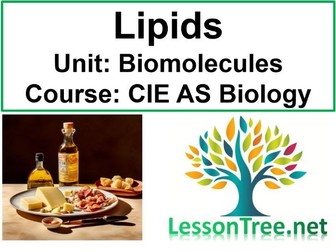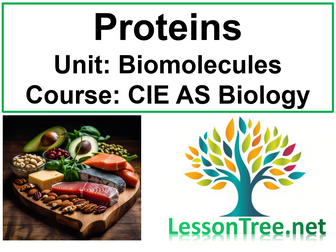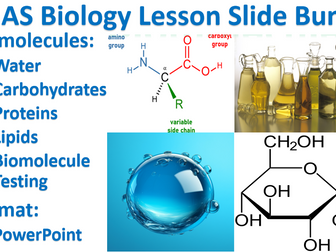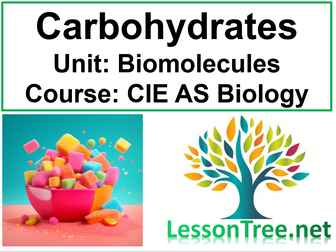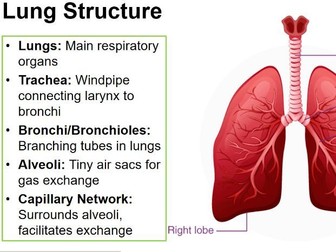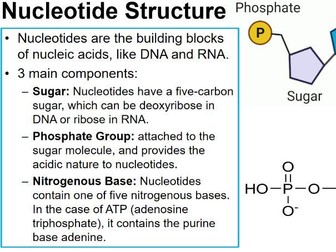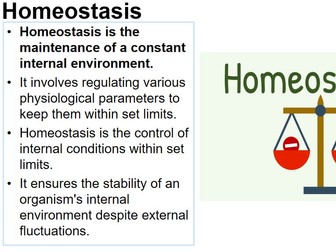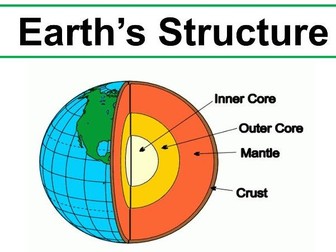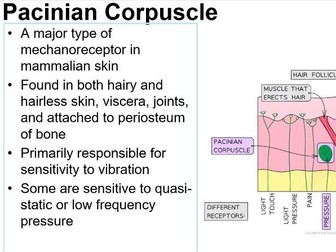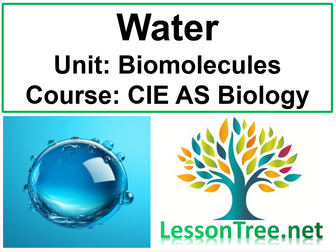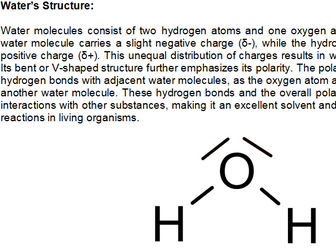Cambridge - AS Level Biology - Biomolecule Testing
Exam Board: Cambridge International
Course: AS Biology
Unit: Biomolecules
Lesson: Testing for Biomolecules
File format: PowerPoint
Sylabbus code: 2.1
The lesson covered various tests used for detecting specific molecules. The Benedict’s test is used to identify reducing sugars. It gives a positive result when reducing sugars, such as glucose, forming a colored precipitate. For non-reducing sugars, such as sucrose, hydrolysing the glycosidic bond is required before carrying out the Benedict’s test. The Iodine test is used to detect the presence of starch. A positive result is indicated by a color change from brown to blue-black. The Biuret test is utilised to test for the presence of proteins and a positive result is shown by a color change from blue to violet or pink. Finally, the emulsion test is used to detect lipids (fats and oils) in a substance and a positive result creates a cloudy emulsion.
There is a final quiz with answers for the teacher in the comment box below the slide.

